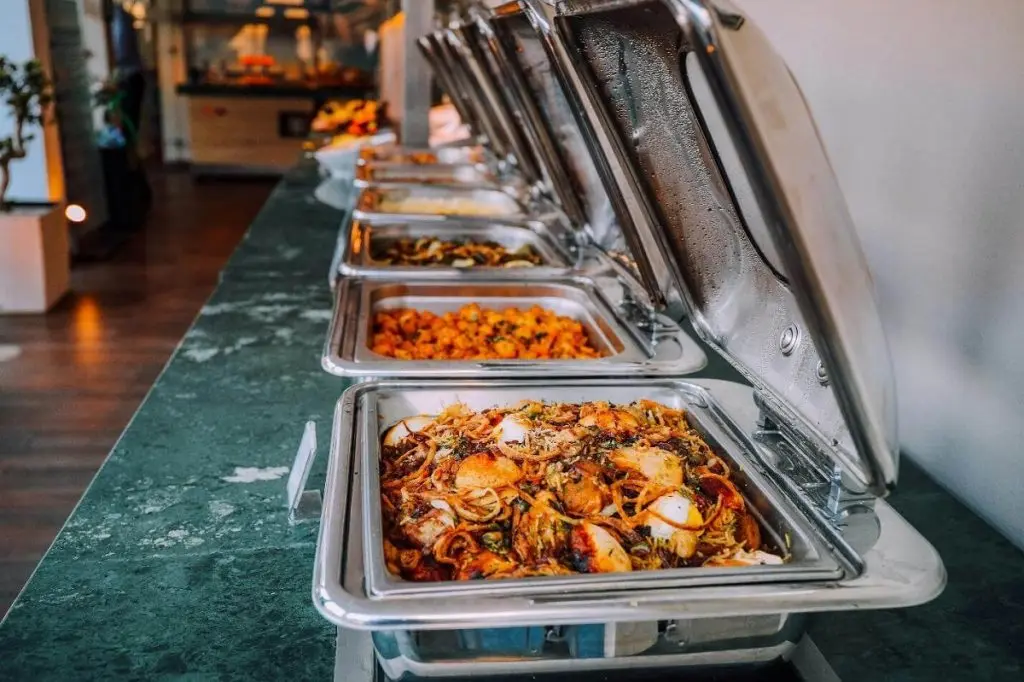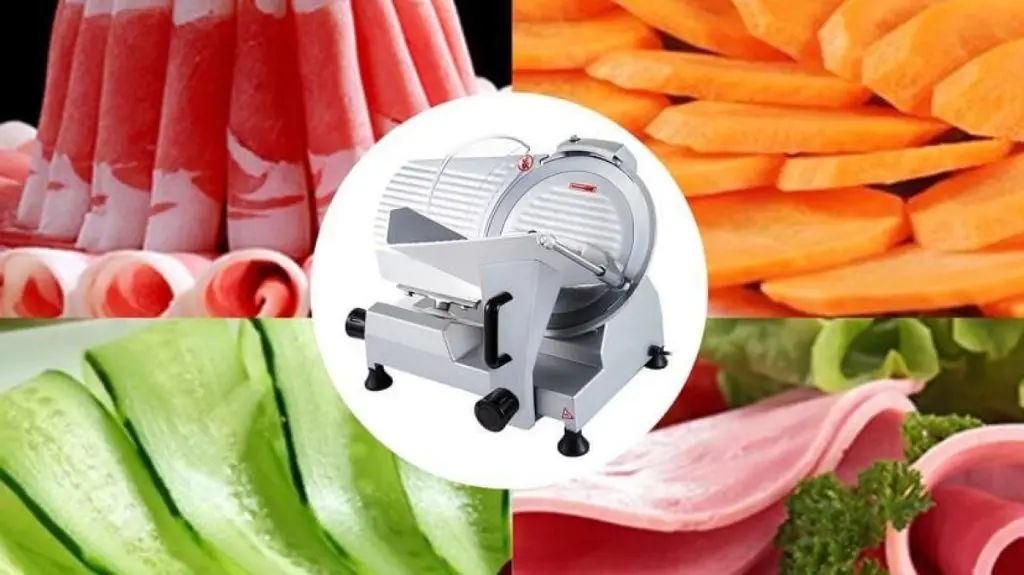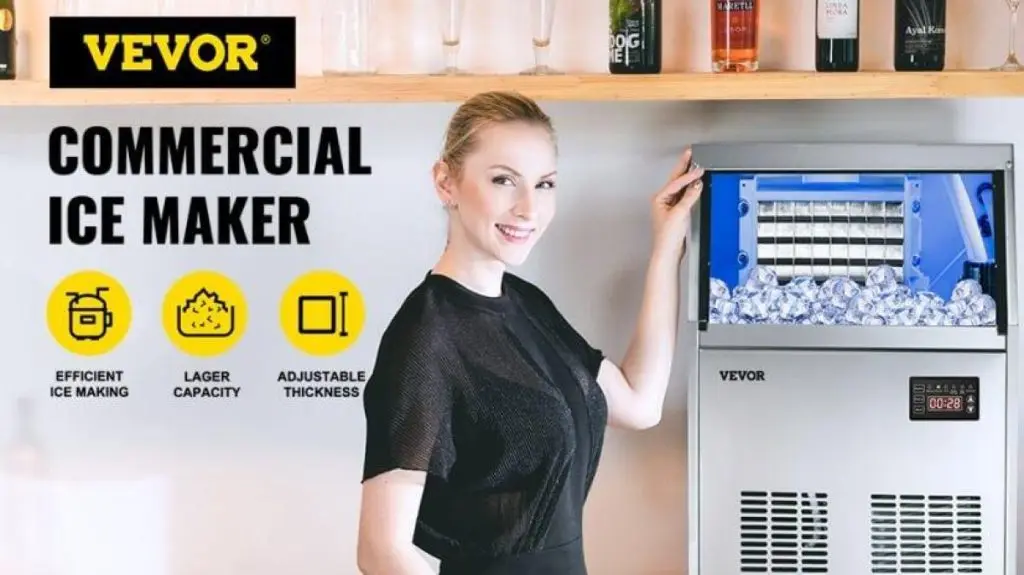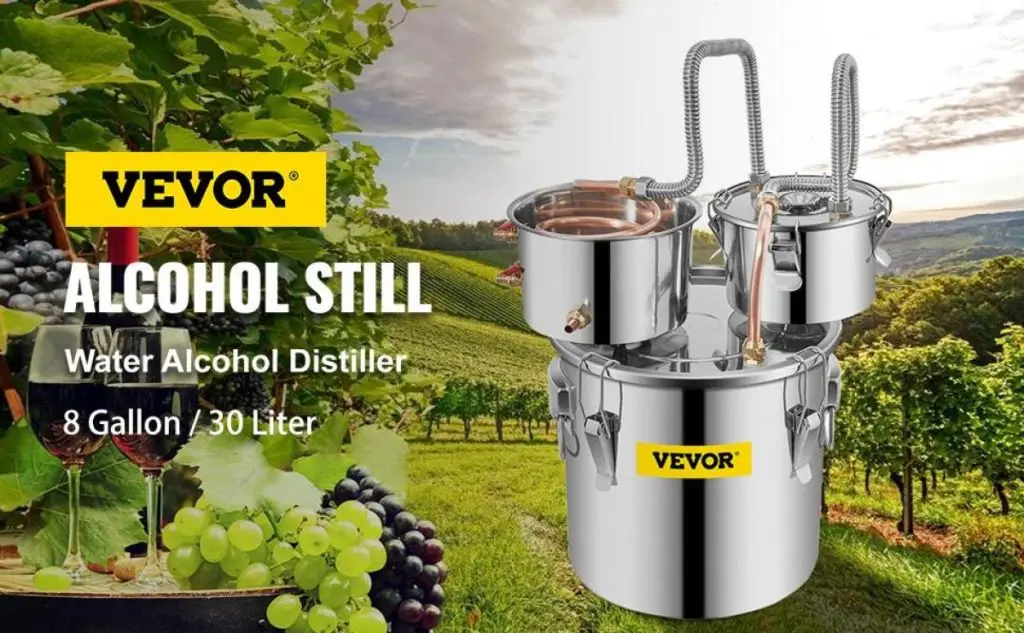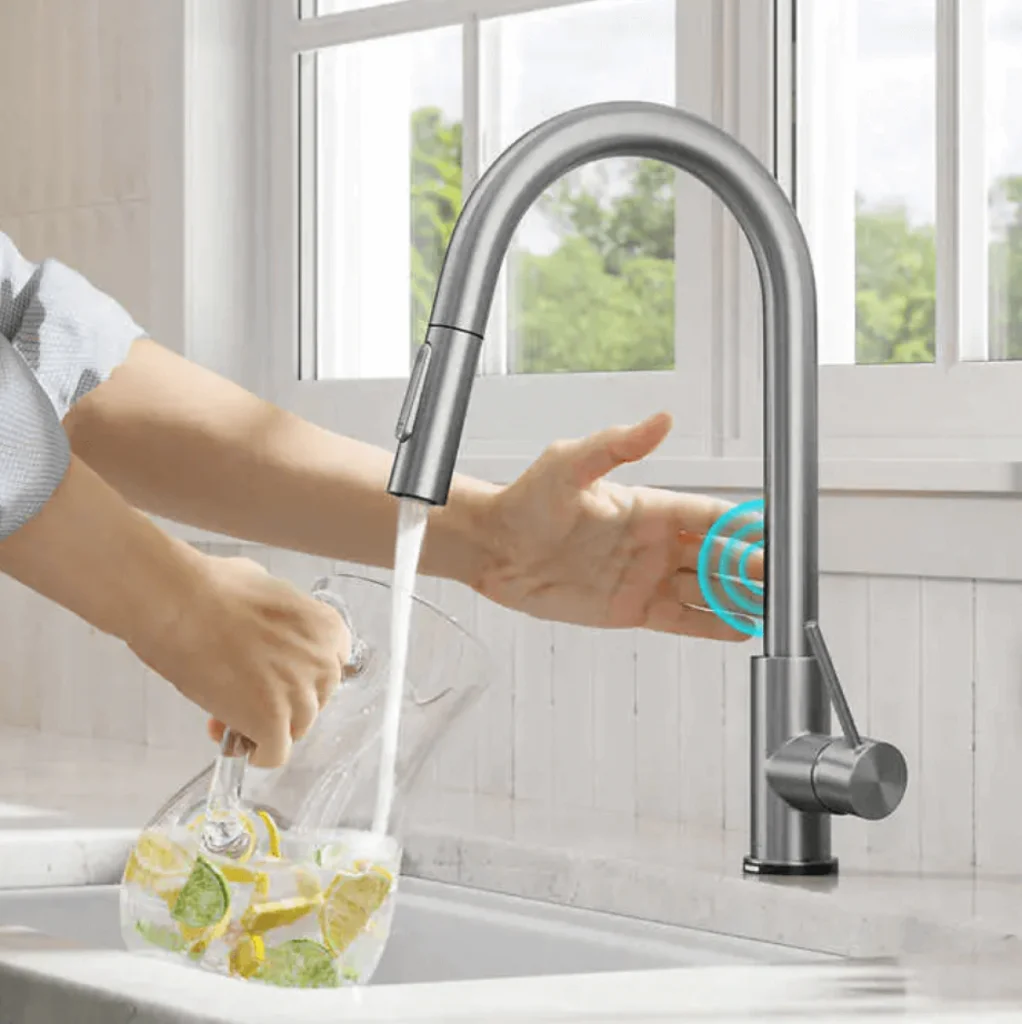Steam tables are the unsung heroes of buffets, restaurants, and catered events. They keep food hot and ready to serve, but choosing the right one can feel like navigating a maze. Don’t worry though—we have you covered. In this informative article, you’ll learn how steam tables work and their uses. You will learn about open vs. sealed wells and gas vs. electric models so you can make an informed decision.
We also cover what factors matter most when shopping for a steam table—like power source, well type, controls, water management, and more.
Got questions? We’ve got answers—from how hot your food needs to be kept on a steam table to figuring out water levels. Let’s get started on finding the perfect fit for your needs.
Table of contents
What are Steam Tables and How Do They Work?
Steam tables are culinary champions found in restaurants and buffet lines that maintain your meals with the perfect warmth through steam by providing your food with consistent heat. Due to the gentle warmth of steam, your food doesn’t get hot spots or gets overcooked.
The working mechanism of a steam table is simple. A steam table consists of wells around it. These wells are filled with water and are heated, which produces steam. Then, the food pans containing food are placed inside these wells, and they are gently and evenly heated by steam. This technique allows you to keep your food warm without getting any hotspots or food burns.
So, what’s the secret behind this underappreciated marvel that keeps our meals perfectly warm? Let’s break it down.
Uses of Steam Tables
As already mentioned above, steam tables can be used to keep food warm in restaurants or in events arranged at home. They are food serving equipment designed to keep food at an ideal temperature for a longer period of time. By using steam tables, you can keep your food fresh and tender till it is being served.
Keeping Food Warm
A steam table uses steam to heat food pans from below, creating an evenly warmed environment that keeps dishes at ideal serving temperatures. Through this technique, the food retains its succulence and texture. Warming food through steam helps maintain a steady temperature, which keeps bacteria away from your food. Thus, apart from providing you with hot meals, steam tables also provide you with food safety and flavor preservation.
Keeping Food Safe and Tasty
The primary use of steam tables is to keep food safe for consumption by maintaining temperatures, effectively warding off bacteria growth. According to food safety guidelines, you need to heat food above 140°F, ensuring your buffet remains both delicious and disease-free.
By using steam heat, foods retain their original texture and flavor longer than if they were subjected to direct heat sources like ovens or grills.
Versatility
A common misconception is that steam tables are only fit for soups or stews. In reality, they can handle everything from breakfast scrambled eggs to gourmet vegetables equally well. This adaptability extends beyond types of food to include various serving styles as well—whether it’s self-serve stations at weddings or plated dinners at corporate events.
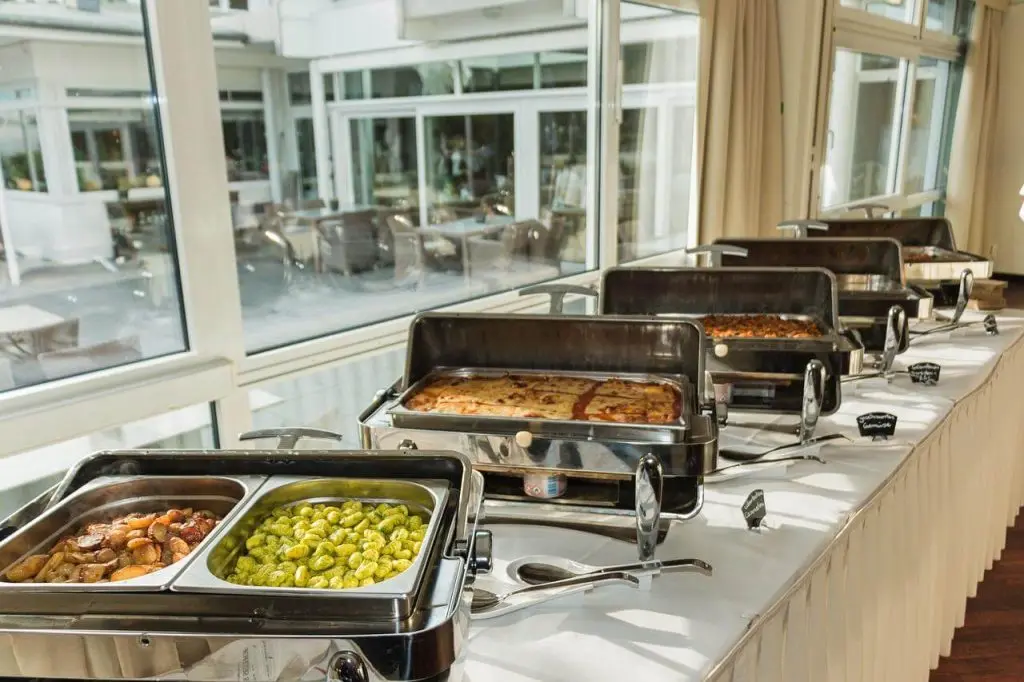
Types of Steam Tables
Diving deeper into the world of steam tables reveals two main types: open well and sealed well models, each having its own set of advantages and disadvantages, depending on their specific functions and features. Let’s take a closer look at both types to understand their functionality.
Open Well Steam Table
Open well steam tables offer flexibility; you can use direct steam or fill them with water for heating, allowing chefs to adapt on the go. Open wells also offer versatility, letting you use spillage pans with water for moist heat or go pan-less for dry heat, making them an essential multifaceted item in the kitchen.
Sealed Wells Steam Table
Sealed wells, on the other hand, have their own built-in water reservoirs, which means less mess and less flexibility. They’re great if you know you’ll only need moist heat since they keep water contained and reduce spills. So, you can say sealed wells are all about precision; they’re filled with water at factory settings for consistent heat distribution without manual intervention.
Beyond just picking between open or sealed wells, there’s also the choice between gas-powered or electric units – another decision shaped by kitchen layout constraints and utility availability rather than culinary preference. So, let’s check out what these two help you achieve in your kitchen.
Gas Steam Tables
Gas models are known for heating up quickly and offering more precise temperature control, which can be crucial during peak hours.
Electric Steam Tables
These steam tables shine in consistency; they maintain even temperatures without any hot spots that could lead to unevenly heated food items. Plus, installation is generally easier with electric models since you won’t need a gas line. Instead, all you need to do is to just plug them in.
Factors to Consider When Buying a Steam Table
Making an informed decision requires weighing the factors against what will work best for your specific situation because, at the end of the day, the right type of steam table keeps your dishes deliciously warm and ready to serve.
Below, we talk about a few important factors you need to keep an eye on before you decide which steam table is perfect for you.
Power Source
Deciding between an electric and gas steam table is like choosing between a microwave and a grill. Each has its charm, but your kitchen’s needs dictate the winner. Electric versions are user-friendly; just plug them in, and they’re ready to go. They are perfect for indoor settings where power is in your access. Gas tables, on the other hand, can save you money in the long run if natural gas prices are lower in your area. They’re also preferred for outdoor events where electricity might not be accessible.
Well Type
An open-well steam table lets you play around with water levels, directly affecting temperature control and humidity, which are crucial for dishes that dry out quickly. Sealed wells have their own built-in heating element per section, giving you precise control over each dish’s environment without worrying about mixing flavors or cross-contamination.
Controls and Tray Sizes
The steam table control settings range from manual dials to digital displays. Your choice should align with who’s using it: if you work in high-turnover kitchens, you need the one with simple control settings. Meanwhile, for gourmet settings, you need the one with more precise settings. As for tray sizes, you need to remember that varying sizes allow you to maximize space and cater to different dish quantities efficiently.
Water Management and Floor Drains
Mopping up after service feels less like cleanup and more like aftermath without proper drainage. Thus, always aim for models with built-in drains to keep floors dry and safe post-rush hour chaos. So, you don’t have to worry about cleaning up after a long day of hosting guests at your place or catering to customers at your restaurant.
Why Choose VEVOR Steam Tables?
If you’re in the market for a steam table, it may soon turn into a challenge to decide which one you need. For this purpose, we are here to help you out. In the following section, we will discuss the distinctive features of VEVOR steam tables and why they stand out.
VEVOR Steam Tables are Unique
Whether you need an open well design for flexibility or a sealed well model for better moisture retention, VEVOR has got your back. But let’s not stop there; these units come in both gas and electric models, ensuring that no matter where you are or what resources you have available, there’s a fit for you.

Durability of VEVOR Steam Tables
Durability meets ease of use in every piece of equipment. Constructed from high-grade stainless steel, these steam tables can withstand the hustle and bustle of any busy kitchen while still being easy to clean and maintain—a real lifesaver after those long shifts.
And then there’s control—VEVOR puts it right at your fingertips with adjustable heat settings and individual controls per compartment. This means precision heating that keeps each dish at its ideal temperature without overcooking or drying out—an absolute must-have feature whether it’s buffet service or à la carte offerings we’re talking about.
Integrated Drain Setup
Last comes the water management; VEVOR’s steam tables come with integrated drains, which makes cleaning up as straightforward as possible. They also help prevent water buildup, which is a common issue many overlook until they are faced with soggy dishes or laborious cleanup sessions.
If you want to learn more about VEVOR’s food-warming equipment, check out the wide variety of steam tables here.
FAQs About Steam Tables
How Hot Must Food Be Kept on a Steam Table?
To keep things safe and savory, food should be maintained at 140°F or above on a steam table. This isn’t just us being cautious; it’s actually backed by FDA Food Safety guidelines. Keeping food above this temperature helps prevent harmful bacteria from spoiling your pasta.
Are All Steam Tables the Same?
No, they are not. Steam tables, diverse in their forms and dimensions, are crafted with unique attributes to cater to varied requirements.
You’ve got options ranging from gas-powered models that bring heat quickly to electric ones known for precise temperature control. Then we have open well versus sealed well designs, each of which has its own advantages depending on your kitchen needs.
Which Steam Table is Best?
- For consistency, electric models might win your heart (or kitchen) thanks to their steady temperatures.
- On the lookout for versatility? Open-well types let you play around with pans of different sizes.
- In need of speed? Gas versions get hot faster, making them great for high-volume settings.
Conclusion
Choosing the right steam tables boils down to knowing their function, uses, and types. We explored how they keep food at the perfect serving temperature, making them essential for any busy kitchen.
Remembering key factors like power source and well type can make all the difference. Also, don’t overlook water management and accessories; they’re crucial for efficiency.
Start by understanding what you need because it’s not just about keeping food hot. It’s about doing it efficiently and safely.

